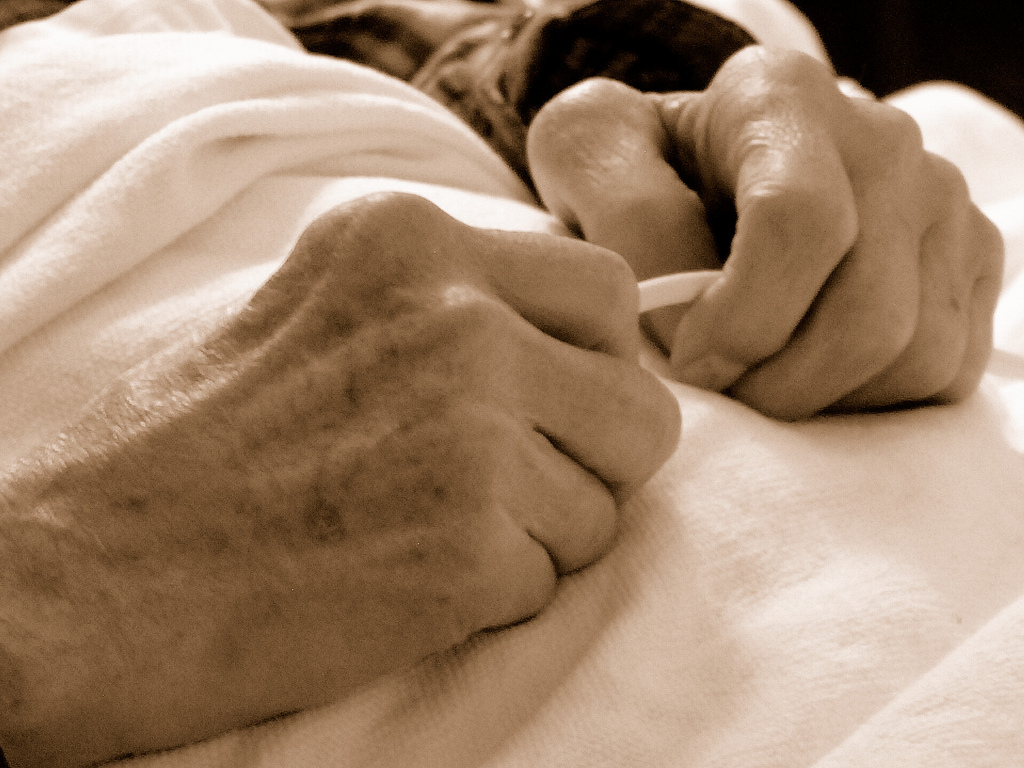
A new report released by the Australian Institute of Health and Welfare (AIHW) in July defines the increasing likelihood of hospitalised injury rises with older age.
Some of the key findings from the report are:
- 126,000 Australians aged 65 and over were admitted to hospital due to injury in 2011–12, accounting for over one-quarter of all injury hospitalisations. The rate of injury hospitalisation rose for those aged 85 and over.
- The leading external causes of unintentional injury in 2011–12 were falls (77%), inanimate mechanical forces (6%), transport crashes (5%), animate mechanical forces or venomous bites and stings (2%) and poisoning by pharmaceuticals (1%).
- There were about 96,000 cases of hospitalised falls injury in 2011–12.
- Medications used to treat diabetes and manage pain were the most common drugs reported in cases of unintentional poisoning by pharmaceuticals for older Australians in 2011–12
- Roughly equal numbers of older men (3,228) and women (2,941) sustained a transport-related injury
- Women were more likely than men to have been injured while in a car (63% versus 46%), as a pedestrian (18% versus 13%) or on a bus (7% versus 3%).
As our population ages, so to will the demands on our health system – the data reveals where these demands will be most acute.
Where there is challenge, there is opportunity: preparing for this future there are some focus areas to create a more sustainable and age-friendly future. People can collaborate with COTA on age-friendly cities; they can talk to their local councils about the aged friendly policies and programs already in place in their community; aged care providers can forecast conditions incidence and specialise their services.
Through these measures and wider infrastructure changes such as better transport services, neighbourhoods designed to facilitate mobility and visibility, and housing that adapts in response to health conditions – we could see a decrease in injuries sustained by the elderly – and therefore the strain on our health system and associated economic impacts.
On a personal level there are some simple steps that can be taken to reduce the risk of hospitalisation of the elderly from some of the more common causes, such as falls.
These solutions range from exercise to strengthen muscles and increase balance, occupational therapy and home modifications, through to using non-slip mats in the bathroom and getting help to lift items that are too heavy or difficult to lift.
The more that can be done to prevent the injury the better. Falls can have an adverse psychological impact on elderly people and can cause them to become withdrawn and impact their independence.
We can all play our part by looking out for each other.

